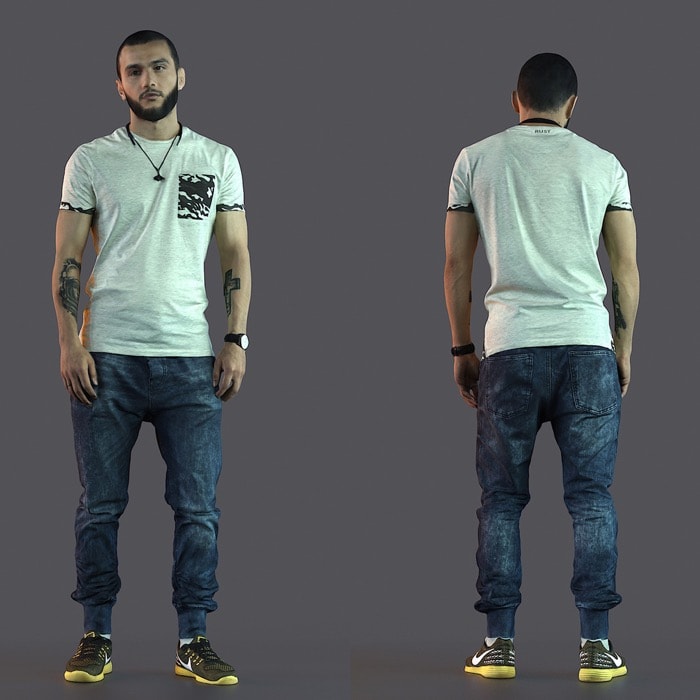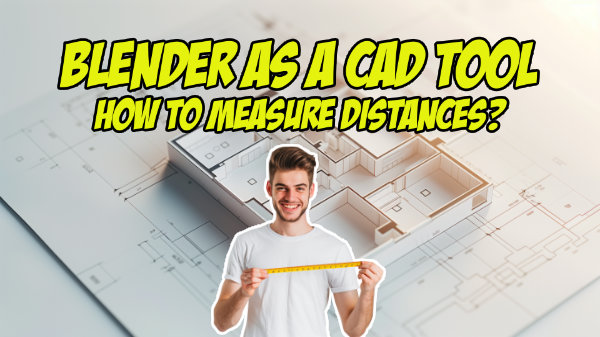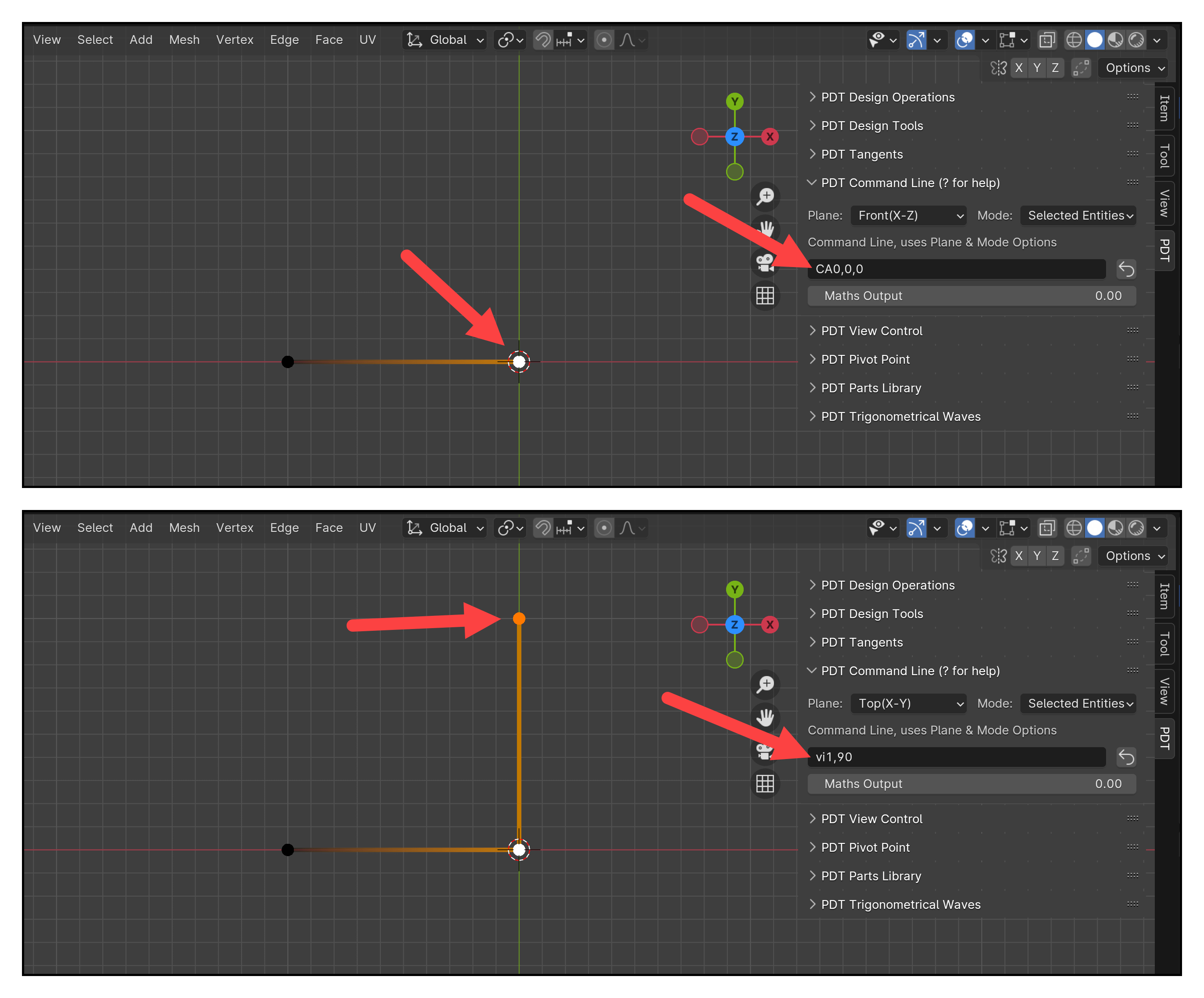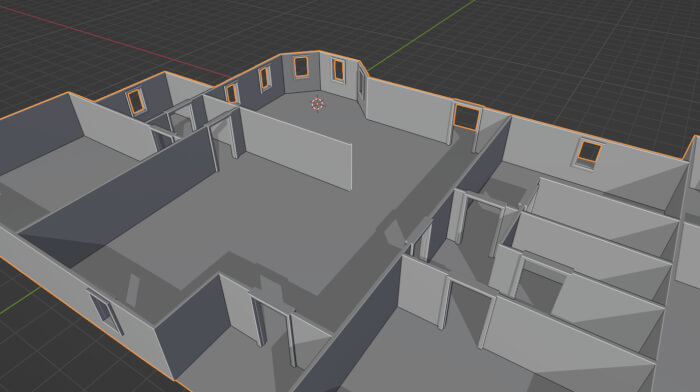
Earlier this week I was mentioning how important it is to add context and a sense of scale to architectural render, using something simple like a texture of a human figure. You will make clear to anyone looking at the scene the proportions and measurements of the scene.
However, on some occasions, a simple texture won't do the trick. For instance, in cases where you have a moving camera the bidimensional nature of your textures will become evident.
The solution is to use a 3d model, and there are several 3d scanned human figures available for these types of projects. Do you want to download one of those figures for free?
An artist called Rustam Arazov shared in his Gumroad page a model that might help you with architectural interiors.

It is an image from a young male based on a high-quality 3d scan. The model is available in FBX, OBJ, and MAX. You can use the first two with no problems in Blender. The model also has 4k textures to ensure you get a clear render even with the camera getting close to the object.
To download the model, you must visit the Gumroad page and set the “fair price” for the asset. How to get it free? Just use zero as the value, but if you have plans to add the asset in commercial projects, it would be nice to reward the artist.




